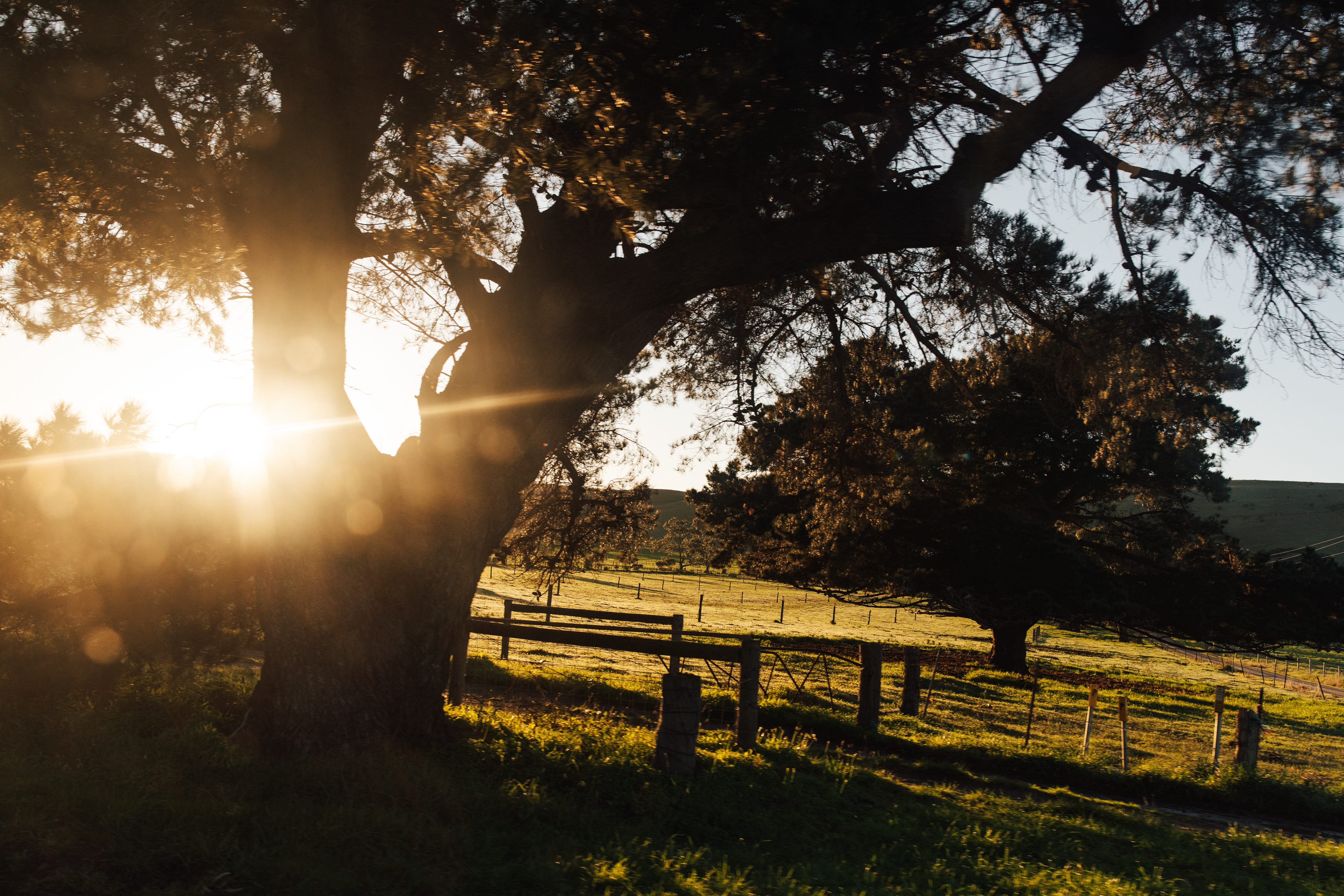
Competition for land use
The world population clock currently ticks over at more than two new humans every second. In other words, the world population is growing by over 200,000 people a day. It has grown non-stop for 600 years and is expected to continue its growth for foreseeable future to reach almost 11 billion by the year 2100. When I sat down to pen this column, the clock was showing 8,048,381,759 people in the world.
Naturally, this increases pressure on land availability and its determined use. Red meat and wool producers are the most significantly impacted by this intersection as they manage over half the total land area on both state and national scales.
While this is nothing new for South Australia’s sheep, cattle and goat producers, the pressure is increasing as several issues converge, and governments demonstrate a greater desire to legislate changes to land use and its management.
Agriculture and mining have a long history of co-existence, with varying degrees of success, which has ratcheted up a notch as exploration for critical minerals needed to drive clean energy transitions has accelerated. New opportunities and virgin ground result in a rise of activity from junior explorers who often lack the experience and resourcing to effectively negotiate with land holders, and it can lead to extractive processes that threaten natural resources and ecosystems above and below ground.
The race to create a hydrogen economy has the potential to cause fractious situations if we don’t get the new ‘one window to government’ legislation right. The exposure draft Hydrogen and Renewable Energy Bill requires considerable amendment if it is to treat producers who hold different land tenure equitably and ensure they too can benefit from the monetisation of the sun that shines and wind that blows over their land.
Over the border, Western Australia’s Aboriginal Cultural Heritage Act 2021, which came into force on 1 July, is creating uncertainty and concern across the WA farming community. This is being closely watched here in SA, particularly as changes are currently being proposed to our Aboriginal Heritage Act 1988. Thankfully, concerns about the restrictions and costs that will likely arise for WA producers were largely dismissed last week with Agriculture Minister Clare Scriven ruling out any plans to introduce similar reforms here, a position that is supported by Shadow Opposition Minister Nicola Centofanti.
Today, there is a concerning trend of traditional and mainstay industries like agriculture having less appeal for those policy makers that are looking for the ‘next shiny thing’. This is an attitude we need to work together collectively to reverse. Well managed livestock in landscapes are critical to ensuring we can sustainably feed and clothe the growing global population and effectively address environmental concerns.
Our industries are part of the solution to the global challenges. The ‘think global act local’ ethos, which was replaced by ‘sustainability’ and now ‘ESG’, are the very essence of the red meat and wool industries. While nationally exporting over 70% of beef and sheepmeat production, 95% of goat production, and 98% of wool production, these industries are responsible for 21,000 South Australian jobs and the stewardship of regional ecosystems.
As the competition for land use continues to intensify, we need to ensure that amendments to existing legislation and any new laws are strategically addressing the global challenges we collectively face, and they are underpinned by science and evidence.
By Travis Tobin
